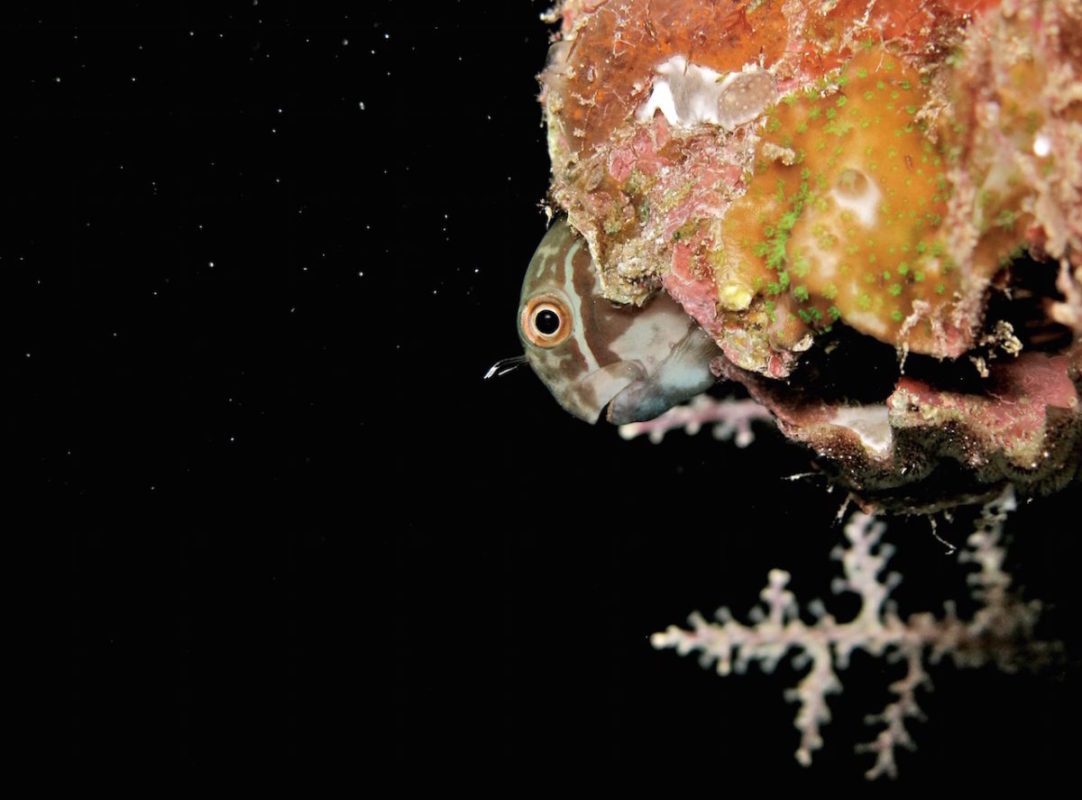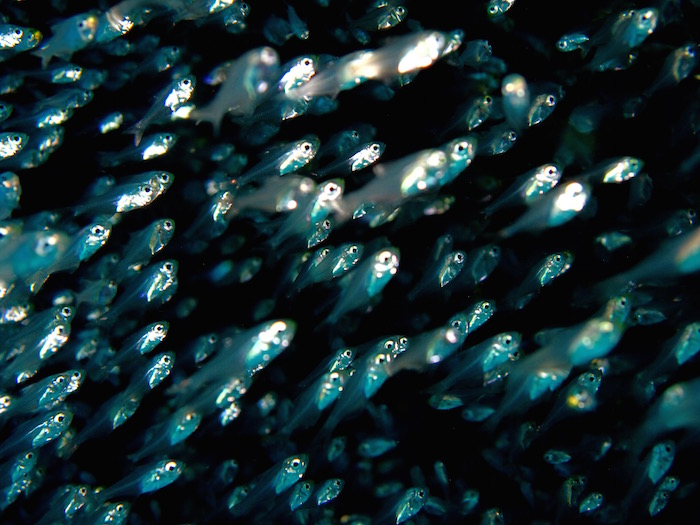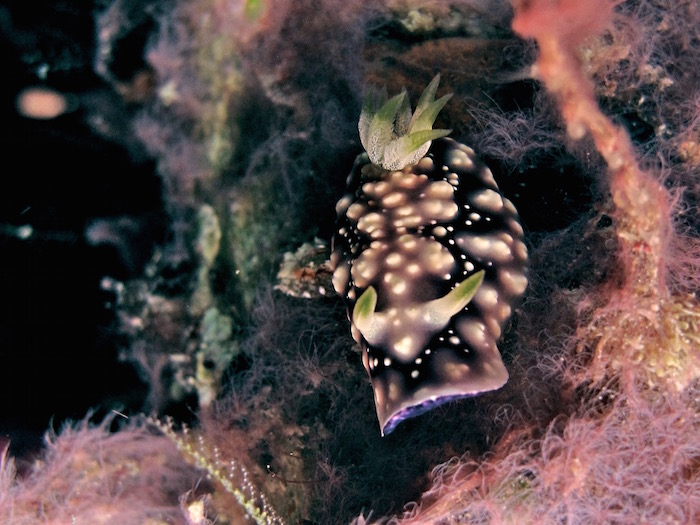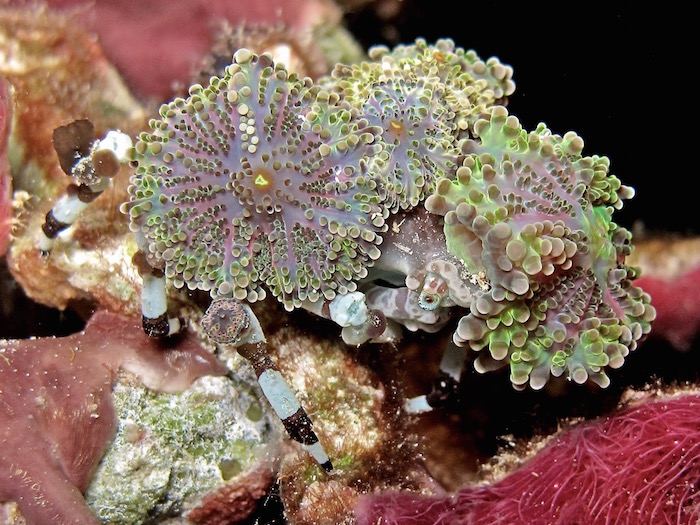Entering the Twilight Zone
 My name is Meliana, and I’m an adrenaline-a-holic. I’ve ridden on some hair-raising roller coasters, gone on blind dates, bungee jumped into a dodgy pool, went for a moonlit stroll in a monkey forest and leaped from a perfectly good aeroplane at a height of 4,000 metres. I’m constantly googling my next fix in the hope that I will continue to get high on life.
My name is Meliana, and I’m an adrenaline-a-holic. I’ve ridden on some hair-raising roller coasters, gone on blind dates, bungee jumped into a dodgy pool, went for a moonlit stroll in a monkey forest and leaped from a perfectly good aeroplane at a height of 4,000 metres. I’m constantly googling my next fix in the hope that I will continue to get high on life.
When I started diving in 2006, I was instantly hooked on a thrilling underwater adventure: night diving. “Some are afraid of the dark; others can’t wait for it to see the stars”–a statement truly befitting the experience of night diving and one that I’ve adopted as a personal philosophy in life. While onshore inhabitants are winding down for the day, life has only just started brewing beneath the ocean’s surface. At the flick of a switch on your flashlight, a mysterious underwater life unfolds before you, and as you immerse into a land of shadow and imagination, an eerie, otherworldly silence takes hold. You see things in a new light, literally.
Diving is a 24-hour sport (presuming you’re a certified open water diver and have completed a night diving specialty course). Pick a time, anytime between twilight and dawn. Choose a familiar and relatively calm dive site, grab a couple of experienced daredevil buddies (claustrophobics should stay on dry land), gear up and make a night of it.
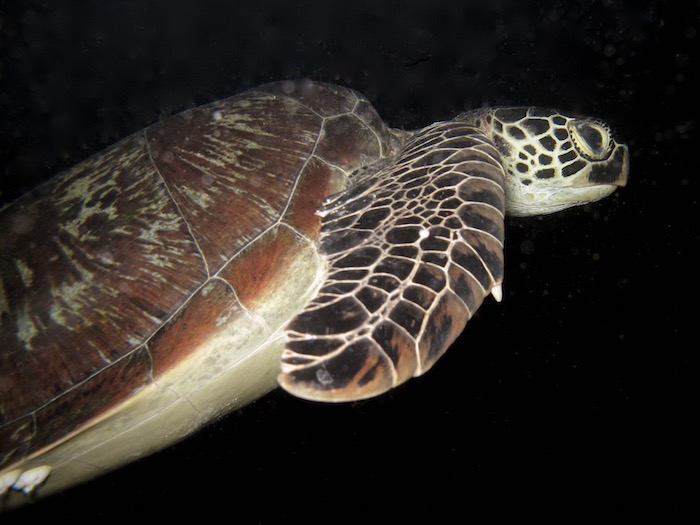 Beginning to see the light
Beginning to see the light
In Bali, there is one dive site worthy of staying up all night for: The Liberty Shipwreck in Tulamben. Avoid the high volume dive traffic throughout the day and opt for a twilight dive instead. All of your human senses will be augmented by the silence of the night, and as your eyes adjust to the darkness, you’ll see, feel and hear the reefs coming alive.
Lobsters, sea urchins, brittle starfish, crabs, squirrel fish and other nocturnal creatures start to emerge from their daytime hiding places to feed. Coral polyps extend their tentacles to trap microscopic zooplankton, small fish and other food particles. Dinner is served on the reef.
Marvel at the starry sky above and twinkling seas below as a wave of the hand reveals a trail of excited bioluminescent plankton–just shield your flashlight and move your hands. Plunge into a world where curious critters, irresistibly drawn to your light, come up to greet you and to get up close and personal. Observe tiny worms dancing in the water around you and take care not to startle sleeping turtles. Follow those kings of camouflage–cuttlefish, octopus and squid–as they change colours and shift shapes to fool the novice eye. Spy on a parrotfish as it spins a “sleeping bag” out of its own mucus, cocooning its entire body within an hour and tucking itself safely away into the reef.

 There’s nothing quite like your first night dive to confront your fears of the dark, of water, and of the unknown all at once. The adrenaline rush generated by being thrown into the dark, unchartered territories is alleviated by the public spectacle of marine creatures surviving just another routine night. The diver is made a voyeur and is kept at a distance while paradoxically being intimately involved, and this transcendental experience is enormously seductive.
There’s nothing quite like your first night dive to confront your fears of the dark, of water, and of the unknown all at once. The adrenaline rush generated by being thrown into the dark, unchartered territories is alleviated by the public spectacle of marine creatures surviving just another routine night. The diver is made a voyeur and is kept at a distance while paradoxically being intimately involved, and this transcendental experience is enormously seductive.
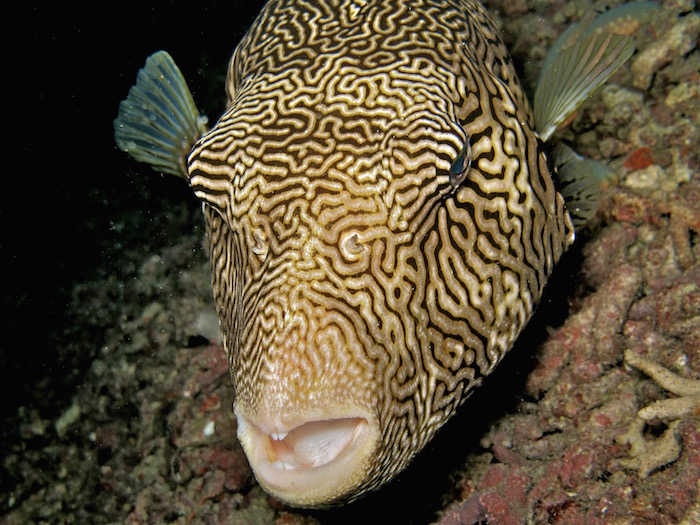 Knowing when to call it a night
Knowing when to call it a night
Immediately plan your exit and surface:
- If you lose your dive buddy (turn off your dive light for a second to better see his/her light, if there’s still no result, calmly begin a controlled ascent).
- When you notice symptoms of fear, panic and stress, or a loss of orientation in a member of your dive team or in yourself (watch out for erroneous actions, frequent breathing, wide-open eyes, dizziness and random motion of the light).
- When one of your team’s dive lights starts to dim.
- When you start to shiver from the bone-chilling temperatures, even in tropical waters.
- When your stomach is growling for some much-needed supper.
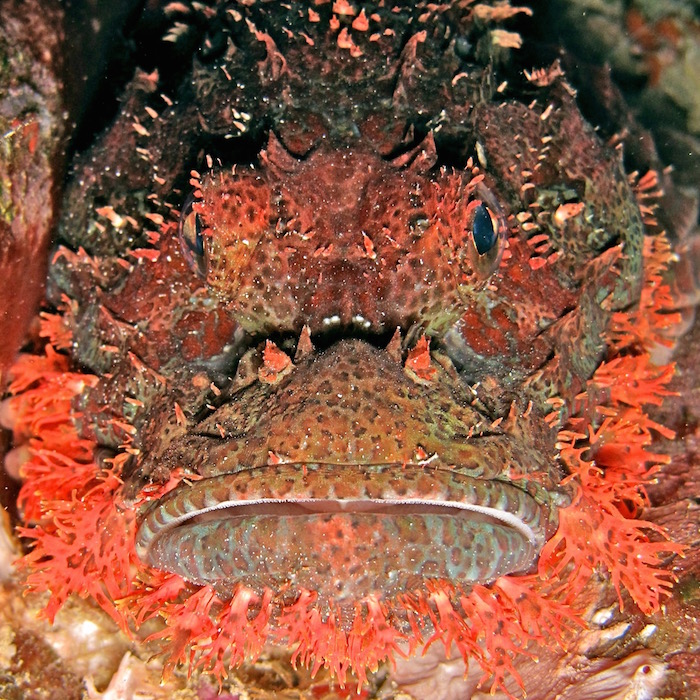 Minding your bedtime manners: The Dos and Don’ts
Minding your bedtime manners: The Dos and Don’ts
Do:
- Wear a protective wetsuit (at least 3 mm thick) and gloves.
- Bring a primary flashlight (a good quality LED) and a back-up light with fresh batteries.
- Add extra weights the first few times you night dive to offset the buoyant effect of potential over-breathing due to panic or anxiety.
- Memorize and practice standard underwater signals for night diving.
- Follow your dive plan–stick to shorter, shallower dives and check your gauges often.
- Stay close to your buddy or dive master at all times.
- Control your buoyancy, keep your gear secured and hover above a reef to prevent damage.
Don’t:
- Overeat or drink alcoholic beverages before diving.
- Blind other divers by shining your light directly into their faces.
- Kick up the sandy bottom and annoy underwater photographers.
Notes:
This article was first published in Hello Bali magazine – July 2011.
Photos by Meliana Salim.

